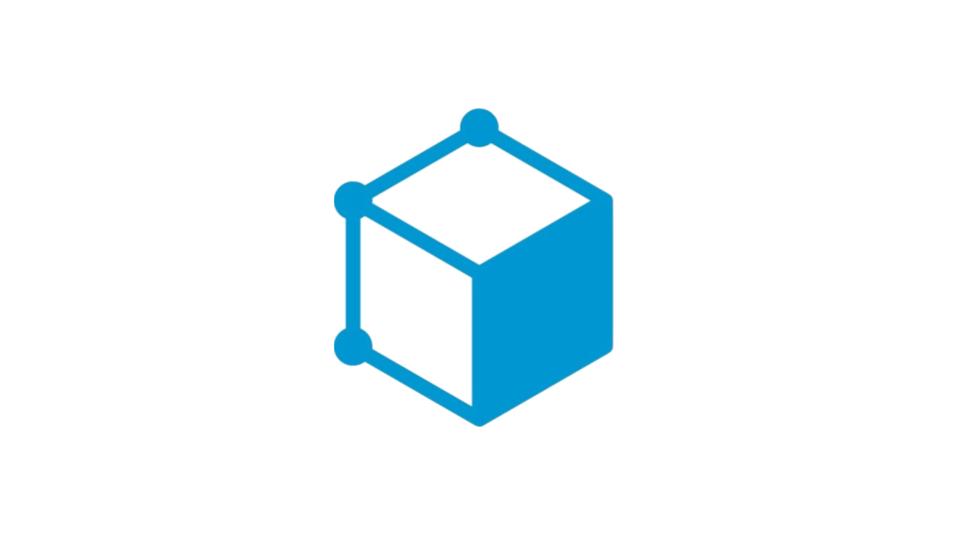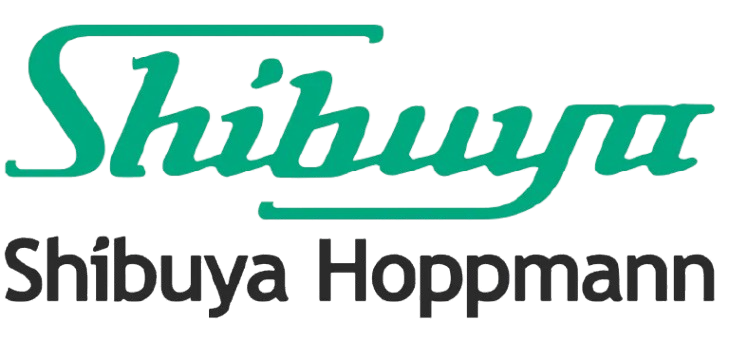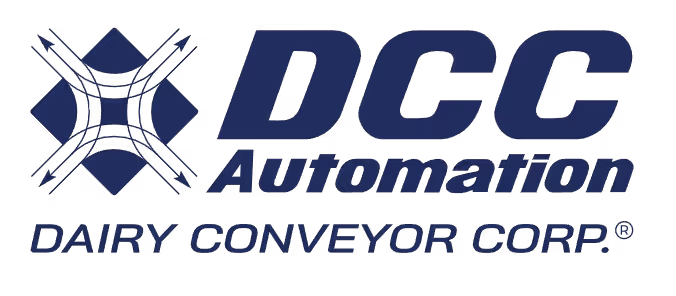Reforming development operations to realize new value creation
.svg)
Before
Team members had difficulty collecting past drawing data and manufacturing information because the information was not linked. With development cycles accelerating, change was necessary to maintain design quality within the limited time available.
.svg)
After
Referencing similar drawing order history has become instantaneous. The introduction of CADDi has made it possible to quickly and accurately search for identical or similar drawings, and also to link and utilize a large number of past drawings and related information.
I want to utilize a large amount of past assets, but I can't find them efficiently
Sumitomo Riko Company Limited, which boasts the top global market share for automotive anti-vibration rubber, has been engaged in advanced manufacturing for over 90 years. Based on its core competency in polymer material technology, the company operates in four fields - automobiles (mobility), infrastructure and living environment, electronics, and healthcare - and contributes to creating a safe, secure, comfortable, and environmentally friendly society. The company also has a wide lineup of automotive parts such as engine covers and interior parts, and has been deeply involved in the development of the automotive industry.
Sumitomo Riko's product development of anti-vibration rubber for automobiles has involved a consistent process from advance development to prototyping and mass production launch for each automobile manufacturer to which it supplies. One of the most important outputs of the development department is drawings. The biggest role of the development department is to link drawings that achieve the best functionality and specifications required by customers and the market at the lowest possible cost to the manufacturing process. To achieve this, the development department has been required to carry out designs quickly and with high precision without rework.
Sumitomo Riko, with its long history and large market share, has a huge amount of drawings and manufacturing-related information. By utilizing their large database of drawings, it is possible to improve design quality and speed and reduce rework. This is of great significance in improving development speed as global competition accelerates.
Until now, "prevention," the key to design quality, has relied heavily on the knowledge of veterans. As a result, there was a large difference in work accuracy and speed depending on the experience of the person in charge and the amount of information input. In addition, although there are several search systems that are useful for development work, the information is not linked to each other, making it inefficient to gather the necessary information.
CADDi Drawer allows you to utilize your vast past assets
Sumitomo Riko, which had been promoting digital transformation company-wide for several years , was searching for the best tool to utilize past drawings and information. Ishikawa, General Manager of the Second Technology Department of the Anti-Vibration Technology Division of the Anti-Vibration Business Headquarters, learned about the CADDi Drawer cloud service for utilizing drawing data while gathering information at exhibitions and other events as the person in charge of promoting digital transformation in the department . After learning about functions such as searching for similar drawings and linking related information, Ishikawa felt that it could be used to achieve what they wanted to do, and after several trials, they decided to introduce it.
Ryota Ishikawa, General Manager, 2nd Technology Department, Anti-Vibration Technology Division
"What we were most concerned about was how to accurately extract identical or similar items from past PDF drawings. This was essential to utilize past assets, and the deciding factor in our decision to introduce the software was that we felt it had the potential to solve this problem. It can quickly find similar drawings with a high degree of accuracy, even from rough sketches. We thought that if we could find them, we could link all kinds of information and use them."
Mr. Ishikawa said that the deciding factors in their decision to adopt the system included the consistent customer success support provided from before to after implementation, and the rapid rate at which functionality was improved.
"The fact that a customer success representative was continually available to help connect us to the system in order to realize our goals was also a deciding factor in our decision to implement the system. They provided thorough, speedy support, and the preparations leading up to the implementation went smoothly, meaning we were able to get started without spending too much time on the job. I also liked how they were proactive in making improvements to improve convenience, such as ongoing system updates.
If the developers themselves don't actually feel the benefits, then there's no value to it, so we had them participate in the trials and proceeded with the introduction considerations together. We wanted to place the utmost importance on how the developers felt, so we made the final decision on whether to introduce it based on their opinion."
By utilizing CADDi Drawer, we would like to shift resources to creating new value.
At Sumitomo Riko, which introduced CADDi Drawer, the time it takes to search for similar past drawings has been significantly reduced. Not only that, but it has also become easier for people in charge to obtain information such as past troubles and manufacturing costs linked to drawings at the early design stages. It has also reduced the personal process of asking people or relying on memory to find similar drawings. By further promoting the use of past data in the future, it is expected that development speed and quality will improve, rework will be reduced, and costs will be reduced through part standardization.
Sumitomo Riko is also considering linking CADDi Drawer to other in-house core systems, hoping to seamlessly connect information globally and maximize utilization efficiency.
Ryota Ishikawa, General Manager, 2nd Technology Department, Anti-Vibration Technology Division
"In order to realize the new value creation that is set out in our company's future vision, we need to transform the way we work and create resources.
As the automotive industry enters a period of great change, development cycles are becoming shorter, but opportunities for new challenges are also increasing. In order to respond to these challenges with limited resources, we must thoroughly eliminate unnecessary parts. By replacing the parts of development work that are dependent on individual skills with tools like CADDi Drawer, we aim to keep up with changes in the global environment and realize at a higher level the important role of providing the best products at the lowest cost.
Sumitomo Riko will continue to transform and evolve its development work with CADDi Drawer.
Ready to see CADDi Drawer in action? Get a personalized demo.

Take this case study on-the-go
.png)
.svg)



.svg)
.svg)
.svg)



























.png)



%201.svg)
%202.svg)
.png)

